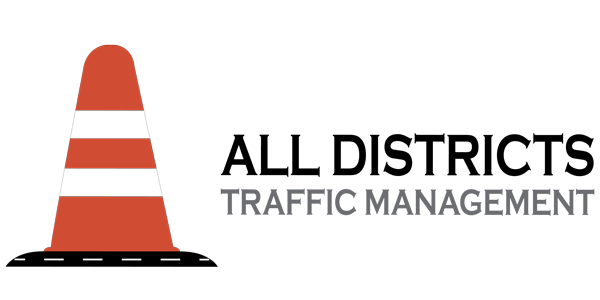Construction zones pose significant safety hazards for both workers and motorists. Effective traffic control is crucial in reducing the risk of accidents and ensuring the safety of everyone involved. There are several key considerations to keep in mind when implementing traffic control measures in construction zones.
Firstly, proper signage is essential in directing traffic around the construction zone and warning drivers of any potential hazards. Adequate signage should be used to ensure that drivers are aware of changes in the road conditions, detours, and closures.
Secondly, traffic barriers can help physically separate the construction zone from the road, reducing the risk of accidents. These barriers should be installed to prevent motorists from accidentally entering the work area and potentially endangering themselves and construction workers.
Thirdly, flaggers can be deployed to help direct traffic and ensure that workers and motorists remain safe while inside the construction zone. Flaggers can also communicate with workers to ensure that they remain safe while working in the vicinity of traffic.
Fourthly, reducing speed limits in construction zones can help minimize the risk of accidents and keep workers and motorists safe. Speed limits should be enforced by proper signage and increased enforcement by law enforcement officers.
Finally, regular maintenance of traffic control equipment and signage is essential to ensure that they are in good working condition and effective in managing traffic. Maintenance should be conducted regularly to ensure that all equipment is functional and that signage is clear and visible.

